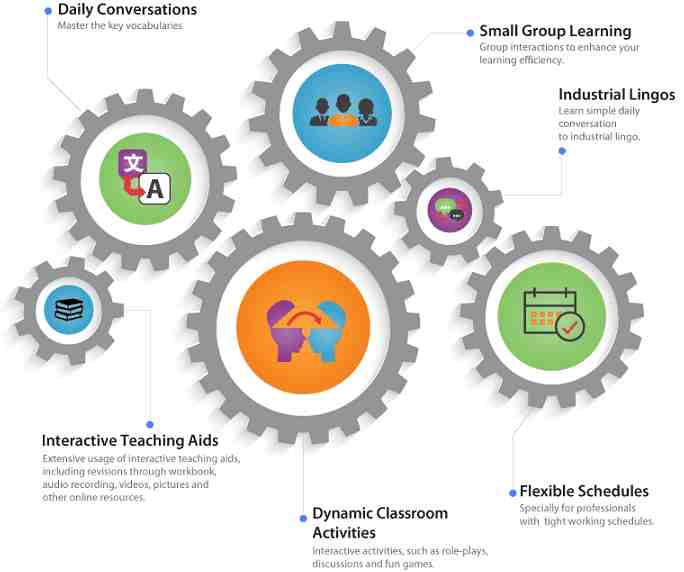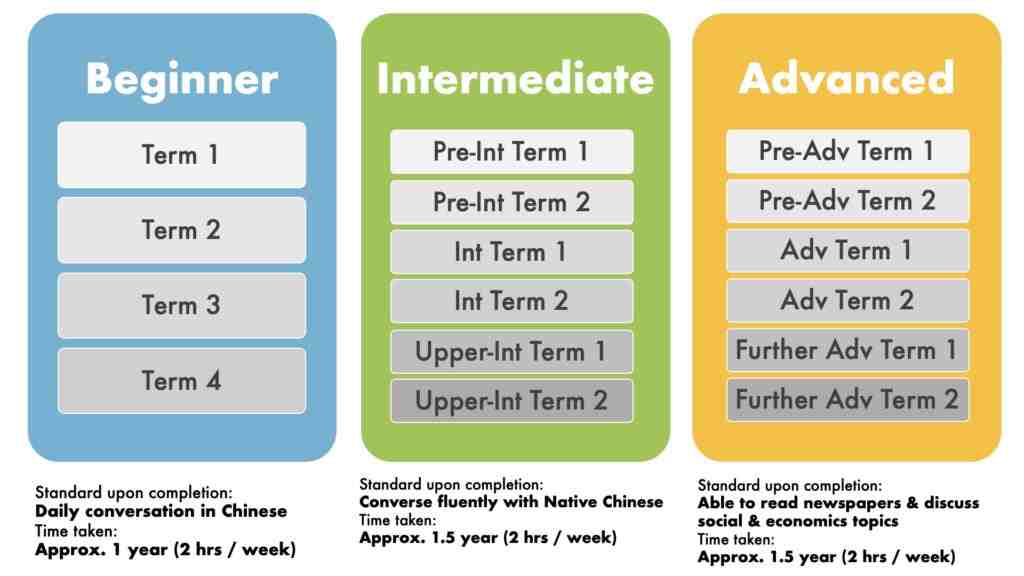Breaking Language Barriers: The Role of Chinese in Providing Healthcare to Chinese Communities in Singapore
Breaking Language Barriers: The Role of Chinese in Providing Healthcare to Chinese Communities in Singapore



Ready to break down language barriers in healthcare?
Contact us today to learn how we can help equip your team with essential Chinese language skills to enhance patient care and satisfaction. Visit our contact page or message us to get started!








